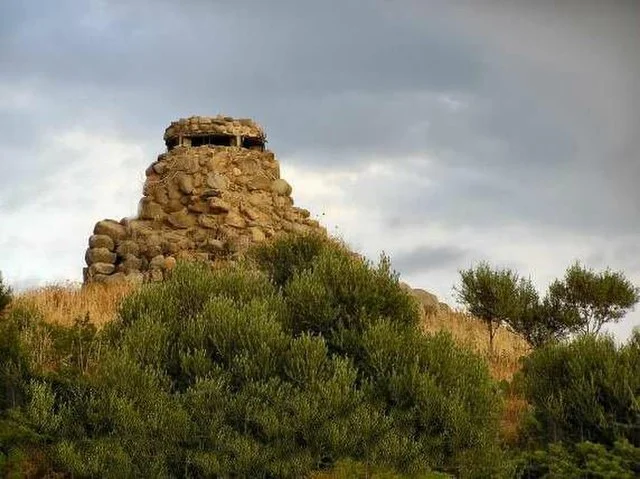Nuraghe Diana is an ancient megalithic structure located in the region of Sardinia, Italy. It represents one of the most significant examples of the Nuragic civilization, which thrived on the island from the Bronze Age to the Iron Age, roughly between 1800 BC and 238 AD.
Get your dose of History via Email
Historical Context
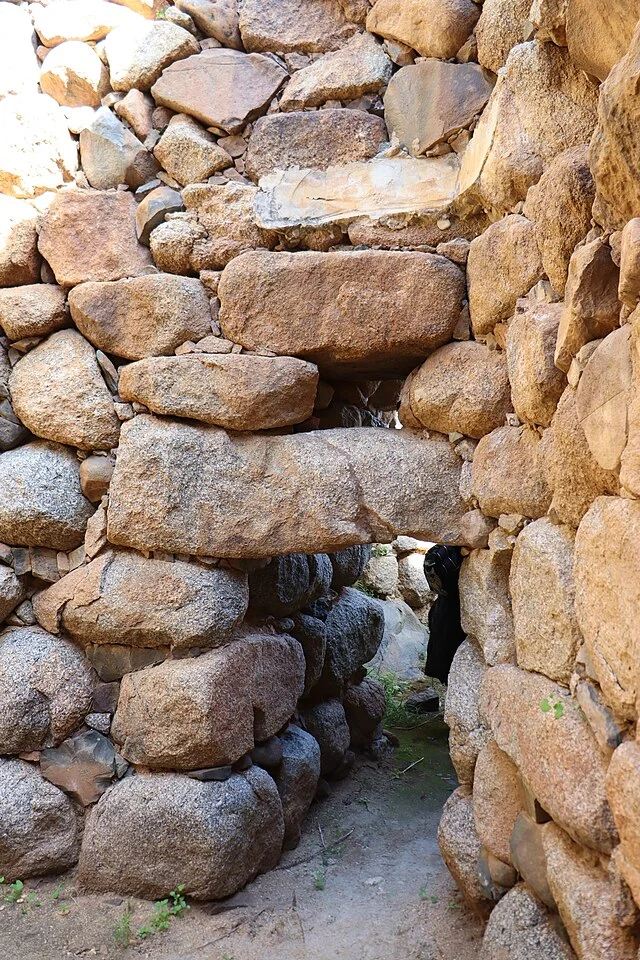
The Nuragic civilization developed a unique architectural style characterized by the construction of stone towers called nuraghes. Scholars believe these structures served various purposes, including military defense, religious practices, and communal gatherings. The Nuraghe Diana dates back to the late Bronze Age, around 1300 BC, highlighting the advanced engineering skills of its builders.
Location and Structure
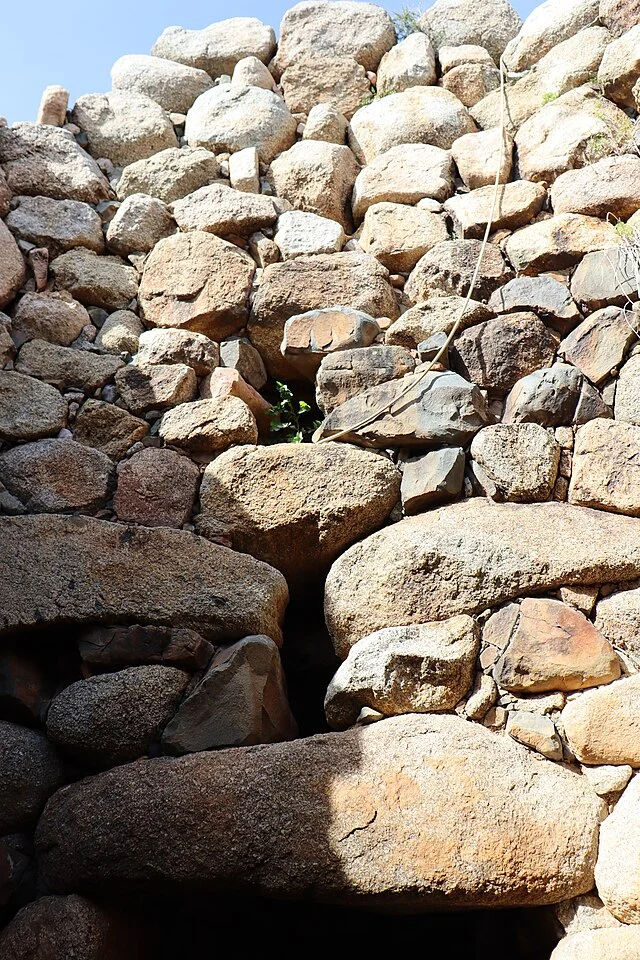
Nuraghe Diana is situated near the village of San Vito, in the province of Cagliari. The site consists of a central tower surrounded by a series of smaller structures. The main tower stands about 10 meters high and is built using large limestone blocks. These blocks were expertly shaped and assembled without the use of mortar.
The nuraghe features a well-preserved entrance that leads into a spacious interior. Inside, visitors can observe various chambers and passages, which indicate the complexity of its design. The structure likely functioned as both a residential area and a ceremonial space.
Archaeological Significance
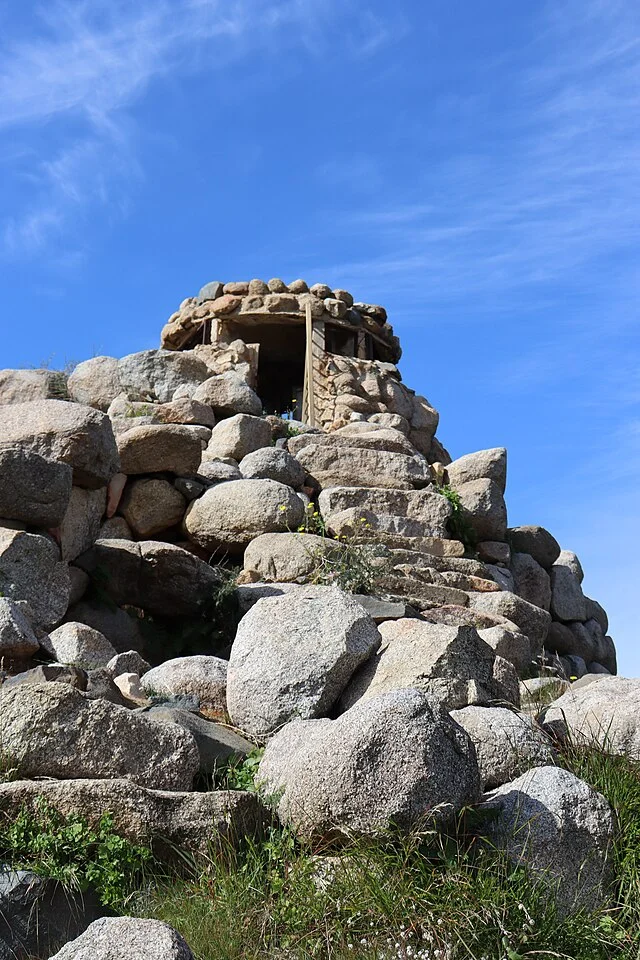
Excavations at Nuraghe Diana have revealed numerous artifacts, including pottery, tools, and weapons. These findings provide insight into the daily lives of the Nuragic people. The artifacts suggest that the inhabitants engaged in agriculture, animal husbandry, and trade with neighboring cultures.
The site also contains evidence of ritual activities. Archaeologists have discovered altars and other features that indicate the presence of religious practices. Such discoveries highlight the cultural and spiritual significance of Nuraghe Diana within the broader context of Nuragic society.
Preservation Efforts
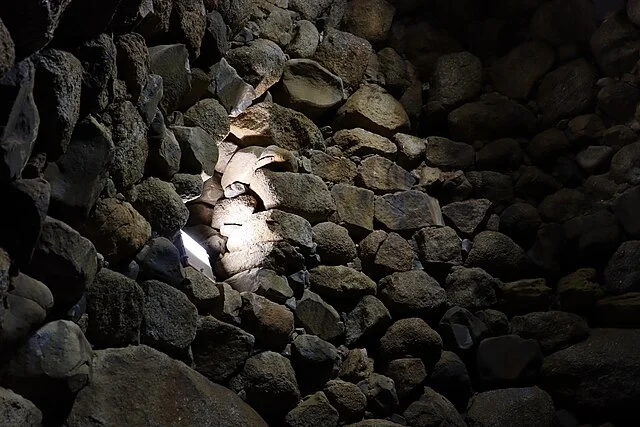
Today, Nuraghe Diana is a protected archaeological site. Preservation efforts aim to maintain its structural integrity and promote public awareness. The site attracts researchers and tourists, serving as a crucial link to Sardinia’s ancient past.
Efforts to conserve the site include controlled excavations and restoration work. These initiatives help ensure that future generations can appreciate and study the architectural and cultural heritage of the Nuragic civilization.
Conclusion
Nuraghe Diana stands as a testament to the ingenuity and sophistication of the Nuragic civilization. Its architectural design, coupled with the wealth of archaeological findings, provides valuable insights into the life and culture of ancient Sardinia. As ongoing research continues, Nuraghe Diana will undoubtedly remain an essential focus for historians and archaeologists alike.
Source:

